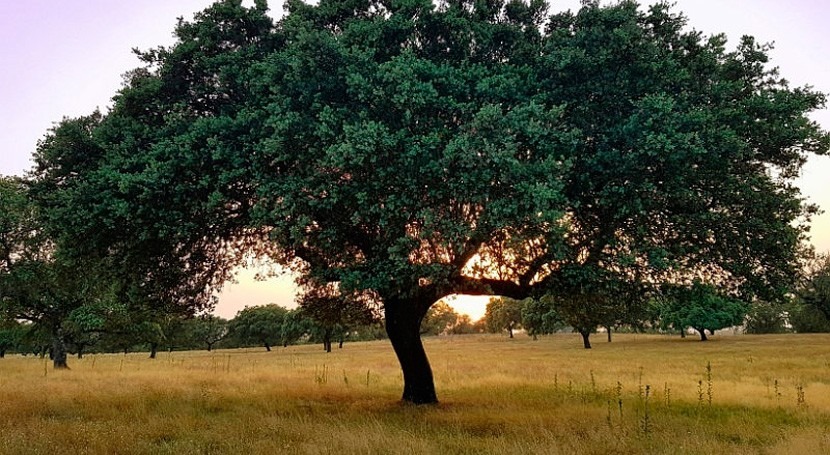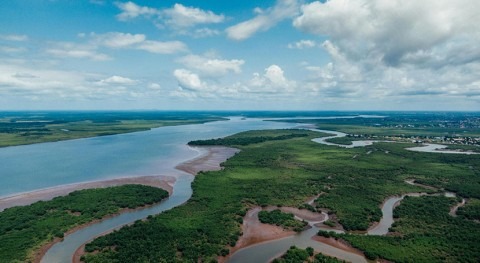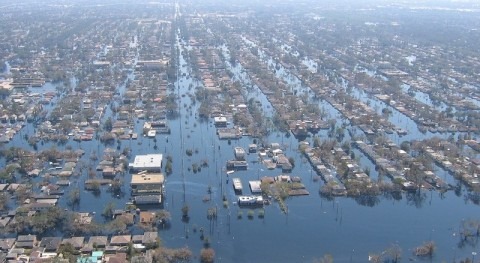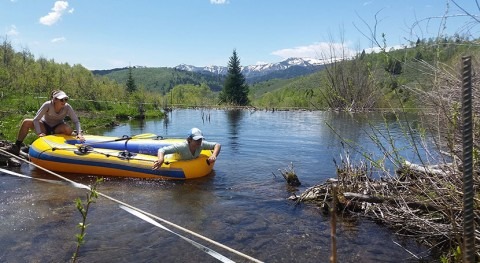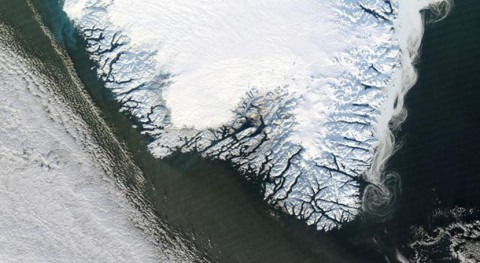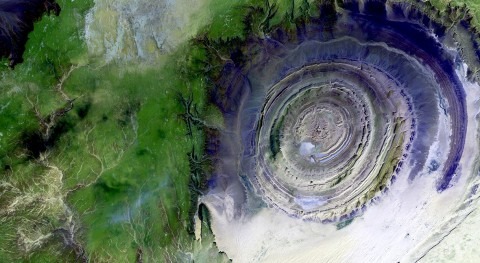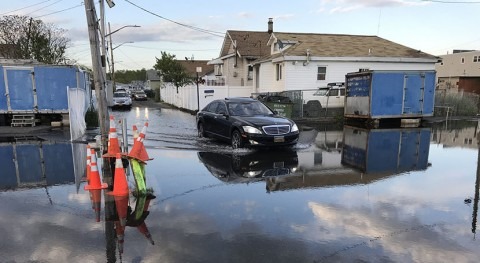Modern human activity adds large amounts of nutrients to the environment, especially nitrogen, which is added faster than other nutrients. Although plants depend on nitrogen to live and grow, an excess of a single nutrient in a complex ecosystem may do more harm than good.
When scientists study nutrient use in plants, they typically focus on small scales: leaves, a single plant, or small cohorts of plants. Although individual leaves or plants may behave a certain way, their interactions with other factors in their environment might lead to different responses at the ecosystem level.
In this study, El-Madany et al. monitored leaf-level changes, but they also raised their sights to the ecosystem level to get an accurate picture of the real-world consequences of nutrient availability. The scientists investigated how added nitrogen and phosphorus affect water use efficiency in plants—how much carbon a plant takes in for the amount of water it loses—in a Mediterranean savanna ecosystem over 6 years. The authors treated two plots—one fertilized with nitrogen and the other fertilized with both nitrogen and phosphorus—and left a third plot untreated.
They found that the added nutrients gave ecosystems a boost. Water use efficiency, leaf area, and carbon uptake all increased for both fertilized plots. In the nitrogen-only plot, however, plants struggled with the nutrient imbalance and tried to scrounge for phosphorus from the soil. The extra effort required extra water. In contrast, the plot that received both nitrogen and phosphorus thrived, and its water use efficiency was the best of the three plots.
In addition, the researchers discovered that the individual kinds of plants in their study responded in different ways to contribute to the ecosystem-wide observations. The herbaceous or grassy part of the savanna soaked up the added nutrients with its shallow root system and exhibited the bulk of the resulting growth. The deeper-rooted trees showed little response, at least with regard to the traits the researchers measured in this study.
These results demonstrate the importance of raising studies to the ecosystem level when considering how our planet will respond to continuing changes in nutrient concentrations, water availability, and other environmental factors. (Journal of Geophysical Research: Biogeosciences, https://doi.org/10.1029/2020JG006005, 2021)


